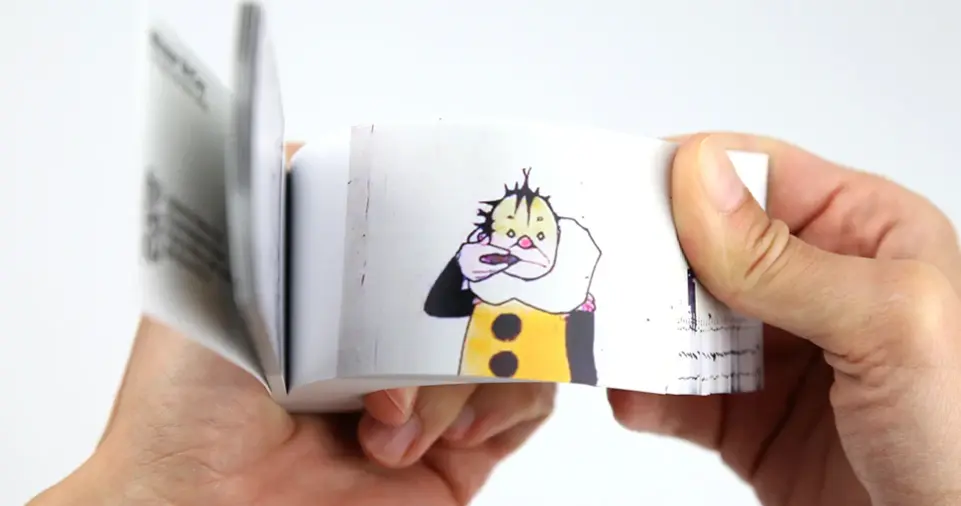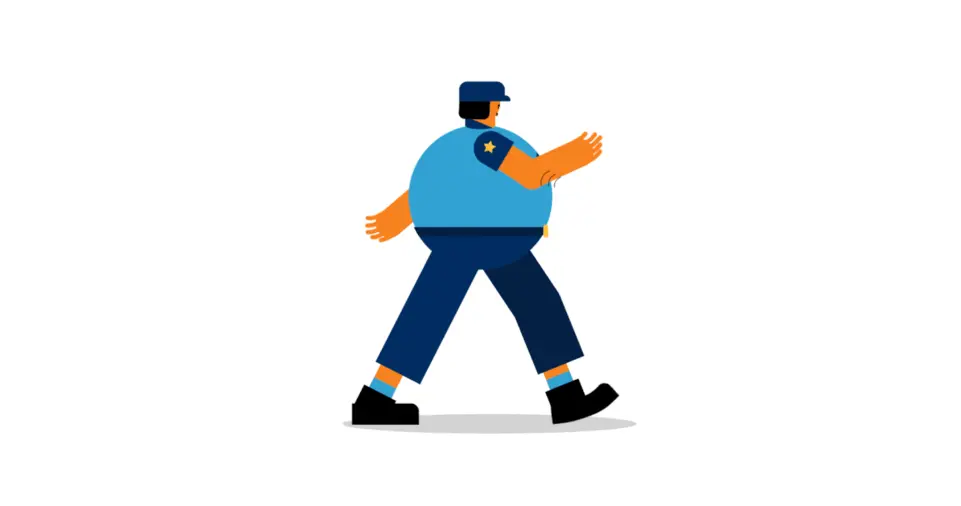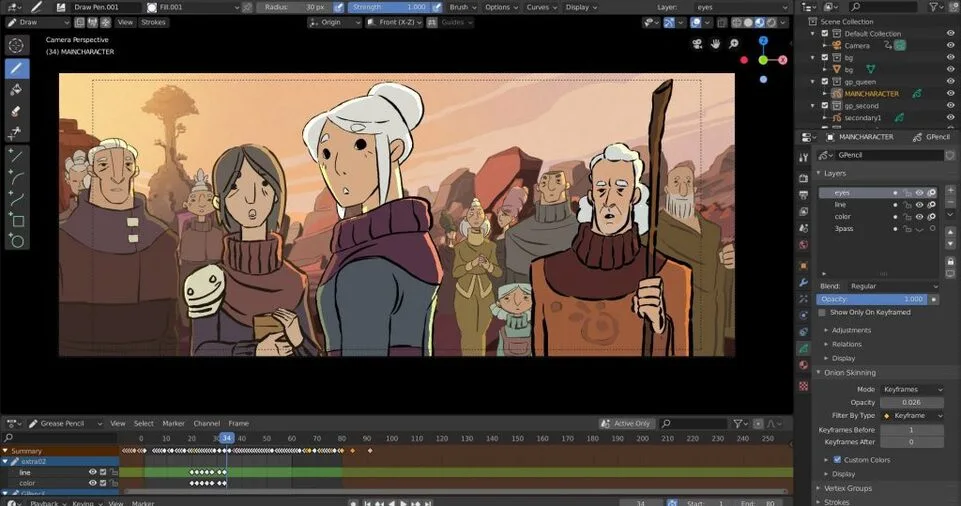Animation is a captivating art form that brings still images to life.
However, many aspiring animators feel discouraged because they think they need expensive software or equipment to start.
The truth is, with creativity and resourcefulness, you can create stunning animations using basic tools and minimal resources.
Whether you’re a beginner or an enthusiast on a budget, there are plenty of ways to dive into animation without breaking the bank.
In this guide, we will explore detailed tips and techniques for animating using everyday tools, free or low-cost software, and innovative DIY methods.
By the end of this article, you’ll have a solid foundation to start animating and unleash your creative potential.
Let’s explore the exciting world of DIY animation!
Start with Storyboarding
Why Storyboarding Is Essential
Storyboarding is the backbone of any animation project. It allows you to map out your ideas visually before jumping into the animation process.
This step helps clarify the flow of your animation, identify potential challenges, and save time in the long run.
How to Create a Storyboard
Sketch Your Ideas:
Use a notebook, index cards, or even a whiteboard to sketch the key scenes and transitions.
You don’t need to be an expert artist; simple stick figures or rough drawings work just fine.
Focus on Sequence:
Arrange your sketches in chronological order to visualize the storyline. Think of each sketch as a frame in your animation.
Add Notes:
Include details about camera angles, movements, or dialogue to guide your animation process.
Tools for Digital Storyboarding
If you prefer digital tools, free software like Storyboarder or Canva can help you create polished storyboards.
These tools offer templates and easy-to-use interfaces, making them beginner-friendly.
Leverage Free or Low-Cost Animation Software
Popular Free Tools for Beginners
Not all great animations require expensive tools.
Here are some excellent free options:
- Pencil2D: Ideal for hand-drawn 2D animations. It’s lightweight, intuitive, and perfect for beginners.
- Krita: A powerful drawing and animation tool with a focus on digital painting.
- OpenToonz: A professional-grade software used in studios but available for free.
Budget-Friendly Alternatives
For slightly advanced features, consider low-cost options like Toon Boom Harmony Essentials or Clip Studio Paint. These tools offer trial versions to test before committing.
Tip: Explore Mobile Apps
Mobile apps like FlipaClip or RoughAnimator turn your smartphone into a portable animation studio. They are affordable and highly intuitive.
ALSO READ: How to Choose the Right Animation Software for Your Project
Master the Art of Flipbooks

What Is a Flipbook?
A flipbook is one of the simplest forms of animation, where you draw a series of images on paper and flip through them to create the illusion of movement.
It’s a fantastic way to understand the basics of animation.
How to Create a Flipbook
- Choose Your Medium: Use index cards, sticky notes, or even the corners of a notebook.
- Draw Sequential Frames: Start with simple movements, like a bouncing ball or a waving hand. Each frame should show a slight progression of movement.
- Flip to Animate: Hold the stack of drawings in one hand and flip through them quickly to see your animation come to life.
Advanced Flipbook Techniques
To make your flipbook more dynamic, experiment with layering by using tracing paper or different colors for added effects.
Explore Stop-Motion Animation
What Is Stop-Motion?
Stop-motion is a technique where you animate objects by taking a series of photographs, slightly adjusting the object’s position between each shot.
DIY Stop-Motion Tips
- Use Everyday Items: Clay, paper cutouts, or even toys can be your characters.
- Set Up Your Scene: Use a stable surface, consistent lighting, and a neutral background.
- Capture Frames: Use a smartphone or digital camera to take photos of each movement increment.
- Edit Your Animation: Compile the photos using free software like Stop Motion Studio or iMotion.
Advanced Techniques
- Add sound effects and background music for a professional touch.
- Experiment with lighting to create mood and atmosphere.
Learn Rotoscoping for Realistic Movement
What Is Rotoscoping?
Rotoscoping involves tracing over live-action footage frame-by-frame to create realistic animations. This technique is often used in professional productions.
How to Get Started
- Record a Video: Capture the movement you want to animate.
- Import into a Drawing Tool: Use free software like GIMP or Krita to trace each frame.
- Add Artistic Flair: Customize your traced animation with unique styles or effects.
Build a DIY Light Table
Why Use a Light Table?
A light table helps you trace frames accurately, ensuring smooth transitions in your animation.
How to Make One
- Use a Glass Surface: A glass coffee table or picture frame works well.
- Add Light: Place a lamp or LED strip underneath the glass.
- Trace Your Frames: Lay your drawings on the glass and trace over them for consistent proportions.
Focus on Keyframes and Tweening
What Are Keyframes?
Keyframes are the main poses or actions in an animation. Tweening refers to the transitional frames between keyframes.
Manual Tweening Tips
- Plan Major Movements: Sketch keyframes first.
- Fill in the Gaps: Draw in-between frames manually to create smooth transitions.
- Test the Timing: Play your frames in sequence to adjust pacing.
Create GIF Animations

Benefits of GIF Animations
GIFs are a great starting point for animators because they require fewer frames and are easy to share online.
Tools for Creating GIFs
- GIMP: A free tool for drawing and compiling GIFs.
- Canva: Ideal for simple GIF animations with text and effects.
Use Camera Tricks to Simulate Movement
Simple Tricks
- Panning: Move the camera across a static drawing to create the illusion of motion.
- Zooming: Gradually zoom in or out for dramatic effects.
- Paper Cutouts: Shift paper elements to simulate animation.
Study Animation Principles
The 12 Principles of Animation
Understanding principles like squash and stretch, timing, and anticipation can elevate your animations.
Practice these manually for a deeper understanding of movement dynamics.
Find Inspiration in Minimalist Styles
Keep It Simple
Not every animation needs to be complex. Stick figures or geometric shapes can be engaging and fun.
Learn from Other Creators
Explore minimalist animations on platforms like YouTube or TikTok for inspiration.
Join Online Communities
Benefits of Collaboration
Online communities offer support, feedback, and inspiration.
Platforms like Reddit (e.g., r/Animation) and Discord groups are excellent for networking and learning.
Share Your Work
Don’t hesitate to showcase your animations and seek constructive criticism. Growth comes from feedback and practice.
ALSO READ: Understanding Animation Software: A Simple Guide to the Tools You Need
LAST WORDS
By using these tips and techniques, you can create captivating animations without relying on expensive software or equipment.
Start small, experiment with different methods, and let your creativity guide you.
Animation is a journey, and every frame you create brings you closer to mastering this magical art form. Happy animating!

